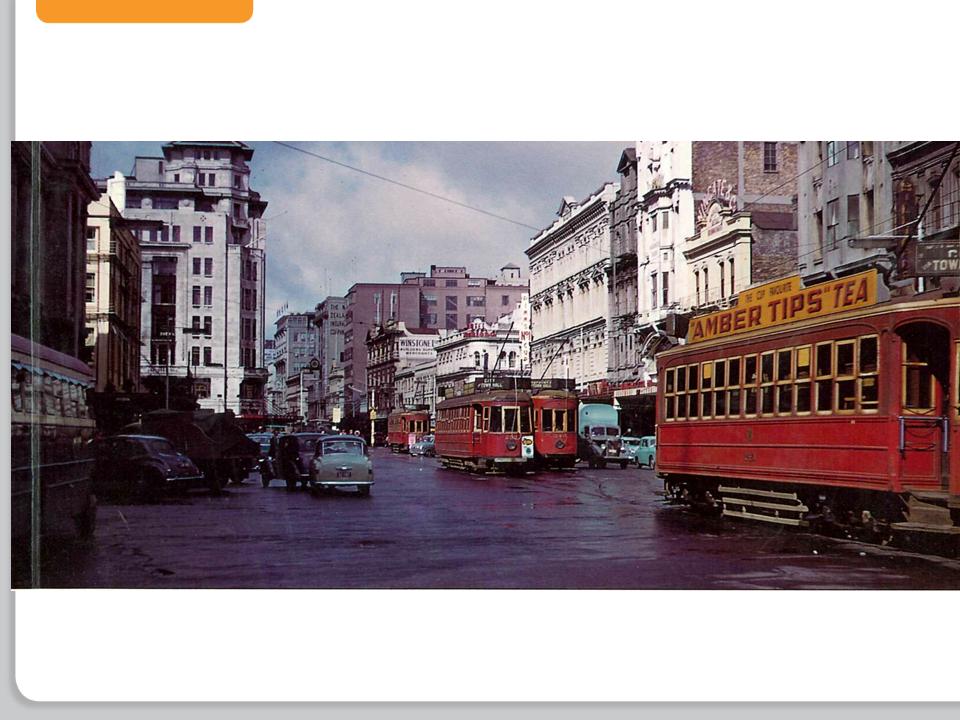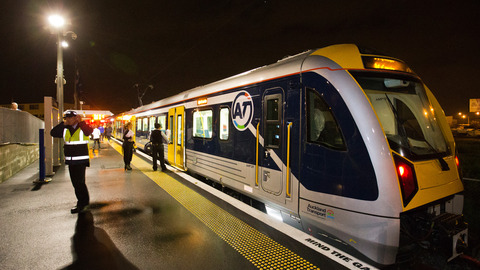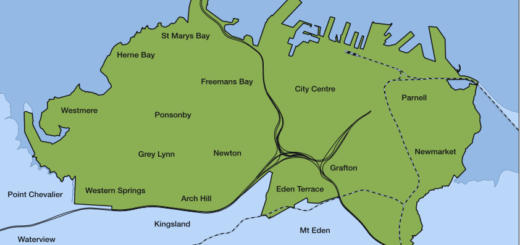Auckland’s past and future – well worth fighting for
Auckland Council is currently processing a change to the Unitary Plan, ‘Plan Change 26’. This is especially relevant for the historic townscapes (‘heritage zones’) of Ponsonby, Grey Lynn, Herne Bay and Parnell. The plan change is needed because of anomalies identified by the Environment Court. These relate to differing requirements of the legacy ‘Residential One Single House Zones’ and the Unitary Plan’s ‘Character Area Overlays’. Despite the council’s assurances that this is essentially a technical matter, needed to “clear up inadvertent legal confusion with no new rules or standards”, many are worried. Grey Lynn Residents Association Brandon Wilcox has undertaken detailed research into ‘Plan Change 26’ and posted his findings on the GLRA website. Brandon has helpfully set out the key facts in a table, so people can judge for themselves. He concludes the intended priority to be given to ‘Character Overlay’ is actually (rather counter-intuitively) a “wolf in sheep’s clothing”, which will weaken existing protections and neighbours’ rights. The council’s Heritage Advisory Panel which I chair, takes a similar view, as do experts like Allan Matson and heritage groups across the city, represented by Sally Hughes’ ‘Character Coalition’. Knowing how this council operates and its non-notified, pro-developer growth-at-all-costs culture, these concerns are well-based. Whatever the outcome of Plan Change 26, we should be in no doubt that unless there’s a profound change in the way Auckland Council writes and enforces the rules, we will continue to lose our historic buildings and townscapes from relentless, incremental development.

Let’s get across. Heritage tram at Maritime Museum from Maritime Museum concept plan 2013 (Bossley Architects).
I would now like to deal with what I hope is some good news. The Wynyard Quarter’s ‘heritage tramway’ was a legacy project of the former ARC, which I initiated in 2010, and completed by Waterfront Auckland in time for the Rugby World Cup. It was promoted as a ‘place shaper’, popular with Aucklanders and visitors alike. Over 100,000 people rode the trams despite the limited 1.5 km, circular route. But this was planned to be only the first stage of a Wynyard to Britomart via Quay Street link, serving the Maritime Museum, cruise ship and ferry wharves, using both heritage and modern trams. This was a key commitment in Waterfront Auckland’s popular Waterfront Plan (2012), supported by a remarkable 73% of public submissions: ( 43% ‘do now’, 30% ‘do soon’, 13% ‘do later’, 13% ‘don’t do’ – that is 73% support at that time) – but now 7 years ‘later’ arguably 86% support.
The Waterfront Plan called for a “Waterfront Light Rail Extension. Extending the Wynyard Quarter Dockside Tram Loop across a new bridge to Britomart and the CBD will help unlock the economic and social potential of the Wynyard Quarter. In the longer term…to attract visitors and emphasise accessibility right across the waterfront…”
But then Waterfront Auckland became the victim of a powerplay by the Council’s CCO barons. Auckland Transport (AT) believed it should call the shots on the waterfront and as usual AT got its way. Waterfront Auckland, despite it being the best performing of the CCOs (not counting Watercare), was disbanded, its role taken over by Panuku – Development Auckland. The results, the trashing of the Waterfront Plan, epitomised by the ongoing debacle on Quay Street, are there for all to see. Another victim of this infighting was the waterfront trams – collateral damage one might think, but from the disdain I picked up from AT managers, I suspect more than accidental.
This is odd really when you think about it. AT is meant to be wedded to the idea of light rail (trams) but seems to be mainly interested in light rail as a means of forestalling the previously agreed train link to the airport – not for what it is best for – ‘street car’ running in the inner city. When it comes to the Wynyard tramway, even though it was engineered to the latest light rail standards, AT managers, evidently seeing it as a rival, have never made a secret of their antipathy.
In 2014, AT took over from Waterfront Auckland reconstructing the roads in the Wynyard Quarter. Though amounting to less than a kilometre, this has taken more than four years and some $80m – and is still not finished. The work was originally designed by Waterfront Auckland to take place while keeping the trams running, but since 2015 the trams have been able to run only infrequently and then on half the original route, thanks to heroic efforts by James Duncan. If AT wasn’t enough to worry about, last year Panuku traded away to Wellington developers Willis Bond, a block of land connecting the tram barn to Daldy Street. Predictably, last August Willis Bond demanded the key section of tramline be removed, forcing tram operations to be shut down “indefinitely”. In November Panuku executives went to the council and recommended the tramway be terminated permanently. Now here comes the good part, thanks to the tirelessly campaigning of tram enthusiast (and Ponsonby wine merchant) Puneet Dahl and heritage tram expert Jef Grobben, backed by hundreds of tram-loving Aucklanders, the mayor and a majority of councillors for once rejected Panuku’s advice and instructed it to get the trams running again. I give credit to Phil Goff – it’s about the best thing he has done in his 3 years in office.

Trams outside CPO (now the Britomart Transport Centre) Queens Street 1956 (Photograph Graham Stewart)
The date for fully re-commissioning the Wynyard trams is February 2020. In the meantime a new battle, again led by Puneet and Jef and supported by Jon Reeves of Public Transport Users Association and Paul Miller of NZ Transport 2050 is underway to get Panuku to honour the original Waterfront Plan by making the planned new Te Wero bridge tram-capable, enabling a future connection to Britomart. I have lodged a submission. Please go to the council website and make one too. This is a battle well worth fighting.
This article appears in Ponsonby News August 2019 issue.



